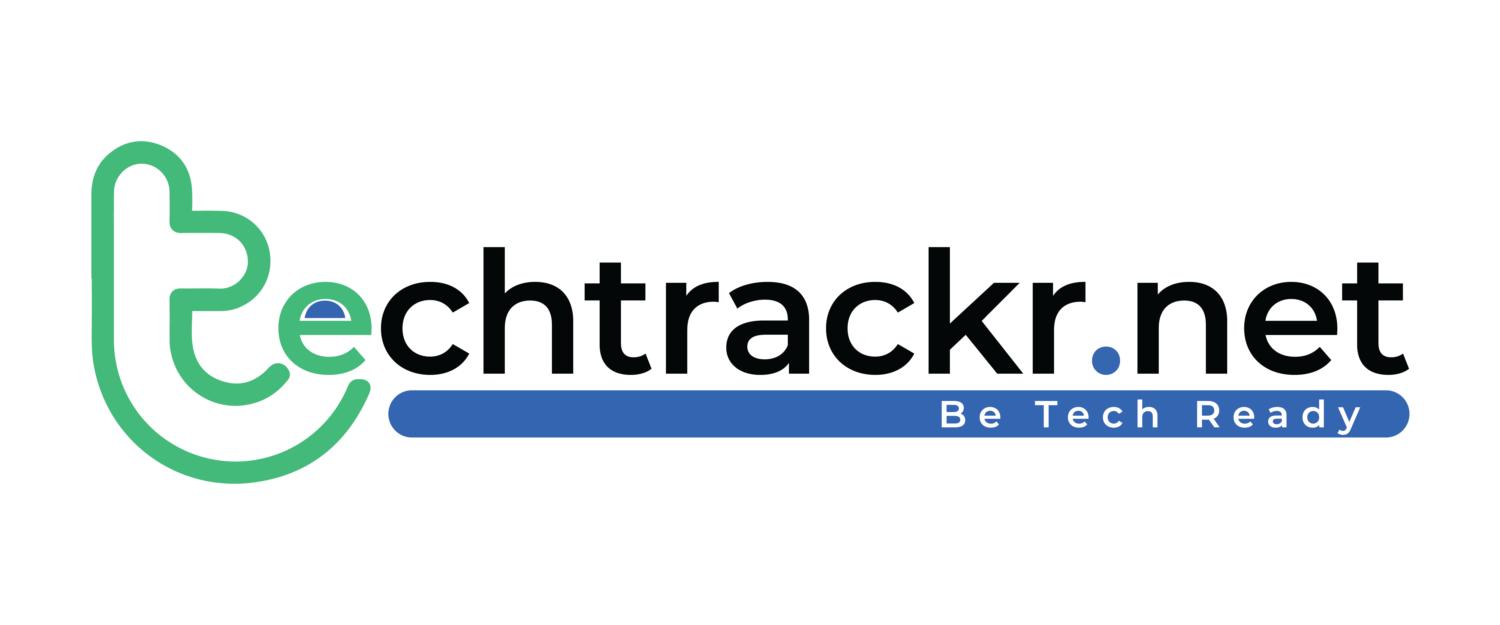
A while back, the Junbi.ai AI team did this brain study. They brought in 10 ad creatives and had them bring their best work. Then, they stuck them in an MRI scanner to see what was going on in their brains while they rated each other’s work. Well, it ended up that the ratings were pretty much the same across the board, except for one big twist — the marketers gave themselves the top scores.
When they saw their own stuff, the MRI scanner lit up like crazy, indicating they truly believed their work was amazing. But the funny thing is, everyone else might just see it as a solid 7/10.
“Your brain is bad at lying, says Coen Olde Olthof, the founder of Junbi.ai. This eye-opening understanding of brain activity is the foundation on which researchers have constructed the whole field of neuromarketing.
Also Read: UK doesn’t want AI to invent things; Wants it only for humans
What does neuromarketing do?
Basically, neuromarketing looks at how our brains react to marketing stuff. It grabs real, unfiltered reactions from consumers in a way that regular surveys, studies, and old-school marketing data just can’t do.
Even though it’s been around for ages, neuromarketing has mostly been a high-end thing, mainly because it’s so darn expensive. While most marketers would love to have data showing whether their audience digs their ad, how they take it in, what clicks, and where they tune out, the truth is, shelling out €15-20k per hour for an MRI machine is just too steep for most. Unless, of course, you’re gearing up for a Super Bowl commercial or something.
Other methods like using electroencephalogram (EEG) tests and motion capture for eye-tracking are also pretty demanding in terms of time and resources. Most marketers wouldn’t even think about making them a central part of their creative processes.
So, most marketers are basically relying on expert opinions to make decisions. But, as the study mentioned earlier points out, even if everyone agrees, it’s often clouded by ego. Plus, even if everyone’s on the same page, it doesn’t really tell you much about how well the campaign will actually do.
“It was frustrating to me when I was in marketing,” says Olthof. “We would test campaigns, run them by people, have high expectations, and then they wouldn’t do well at all. Or vice versa.”
What led to the creation of Junbi.ai?
Frustrated with the usual routine and after bumping into Ale Smidts, the guy who came up with “neuromarketing,” Olthof switched gears in his career. A little more than eight years ago, he started the neuromarketing consultancy firm Alpha.One. The goal was to assist brands in making more impactful content using neuroscientific techniques like fMRI, EEG, and eye-tracking.
Building up a bunch of neuroscientific info and teaming up with Erasmus University and MIT, the crew went on to create expoze.io, a predictive eye-tracking platform. This thing uses AI to forecast visual attention just like eye tracking but skips the whole participant thing—and it does it with a whopping 95% accuracy.
However, “at the end of the day, expoze.io is more of a research solution than a marketing tool. It will give good, insightful answers to valid scientific research questions. But it won’t tell you whether something’s good or bad. It works for some brands, but may prove to be a bit much for others,” shares Daan van der Wiele, Head of Marketing & Product at Alpha.One.
This motivated the team to take it up a notch, and that’s how Junbi.ai came to be.
Also Read: Top five AI trends the banking world could see in 2024
Comparing ads before they hit the screens
Junbi.ai is like the go-to spot for checking and comparing YouTube ads before they hit the screen. It brings together expoze.io’s AI-driven predictive eye-tracking and machine vision to give you special insights into how well your YouTube ads are likely to do and how they measure up against the competition. The Junbi.ai team zoned in on one platform, allowing them to create metrics and benchmarks for evaluating media. This way, marketing teams don’t have to stress over analyzing all the scientific data themselves.
“Let’s be real, marketers need a traffic light indicator that answers one simple question — does my ad suck?” says Van der Wiele, and Junbi.ai strives to provide it.
It does this by looking at three main things: brand attention score (is your brand catching eyes?), cognitive ease score (how easily can people process and remember the ad?), and ad breakthrough score (how much attention does your ad grab in a YouTube setting?).
These three metrics, backed by solid science, are mixed in with insights from tons of other campaigns and tests that reveal what makes an ad work. For instance, you might want to give extra importance to brand attention at the beginning and end of an ad, leading to an overall effectiveness score—or what Van der Wiele calls a traffic light indicator.
Armed with performance metrics and a detailed breakdown of the video second by second, marketers can easily figure out what needs improvement and where. It’s like getting neuroscience insights with just a click and without breaking the bank.
